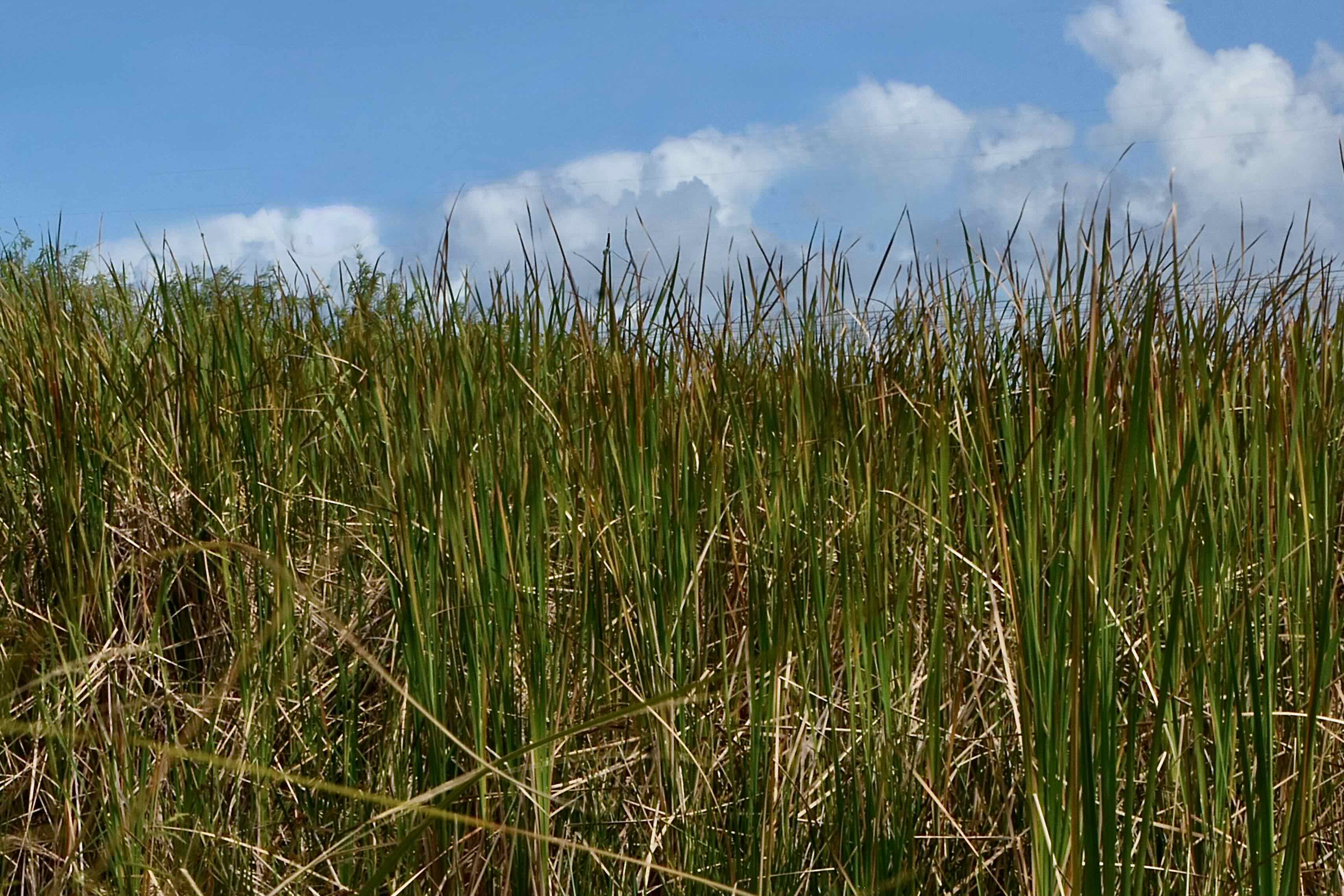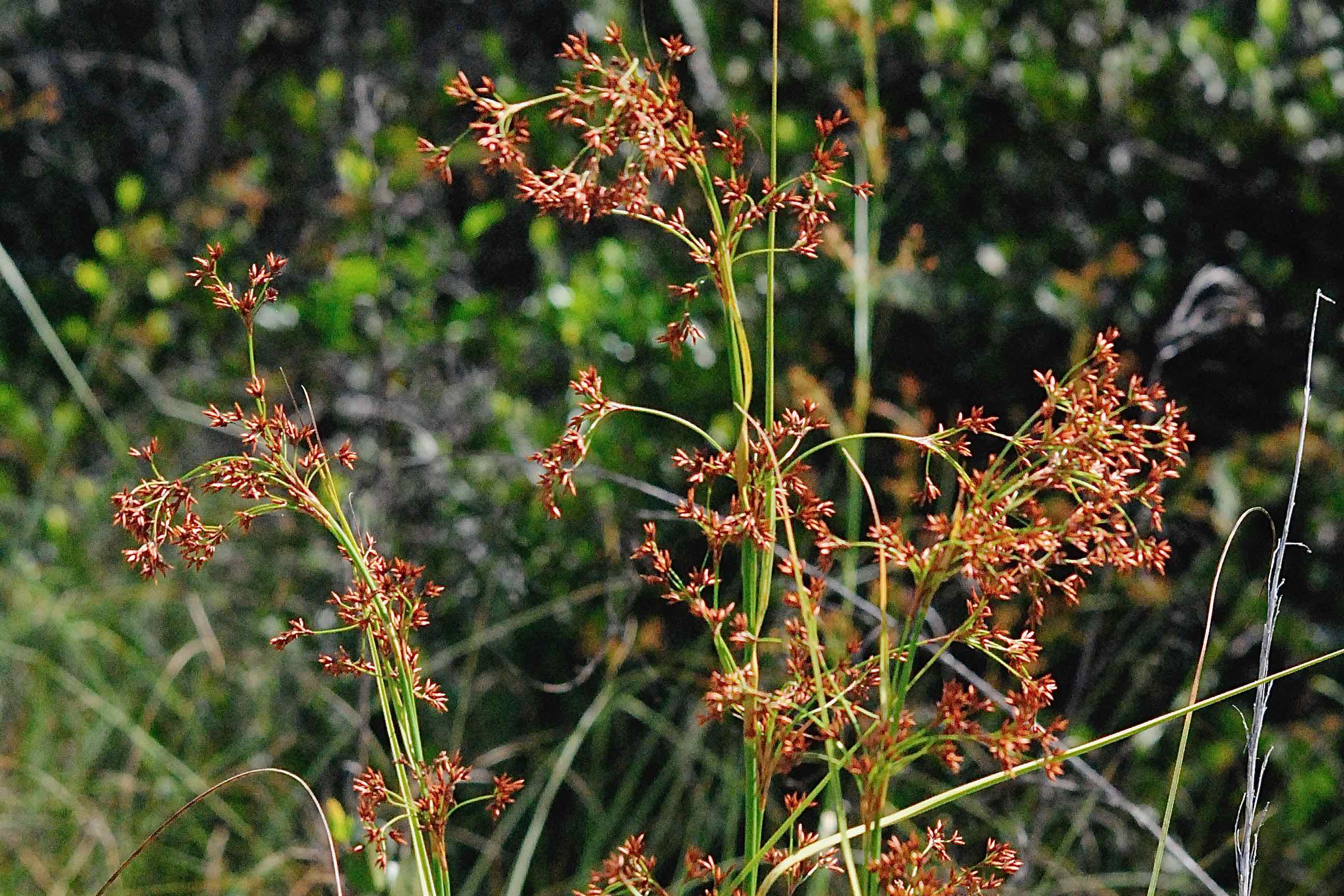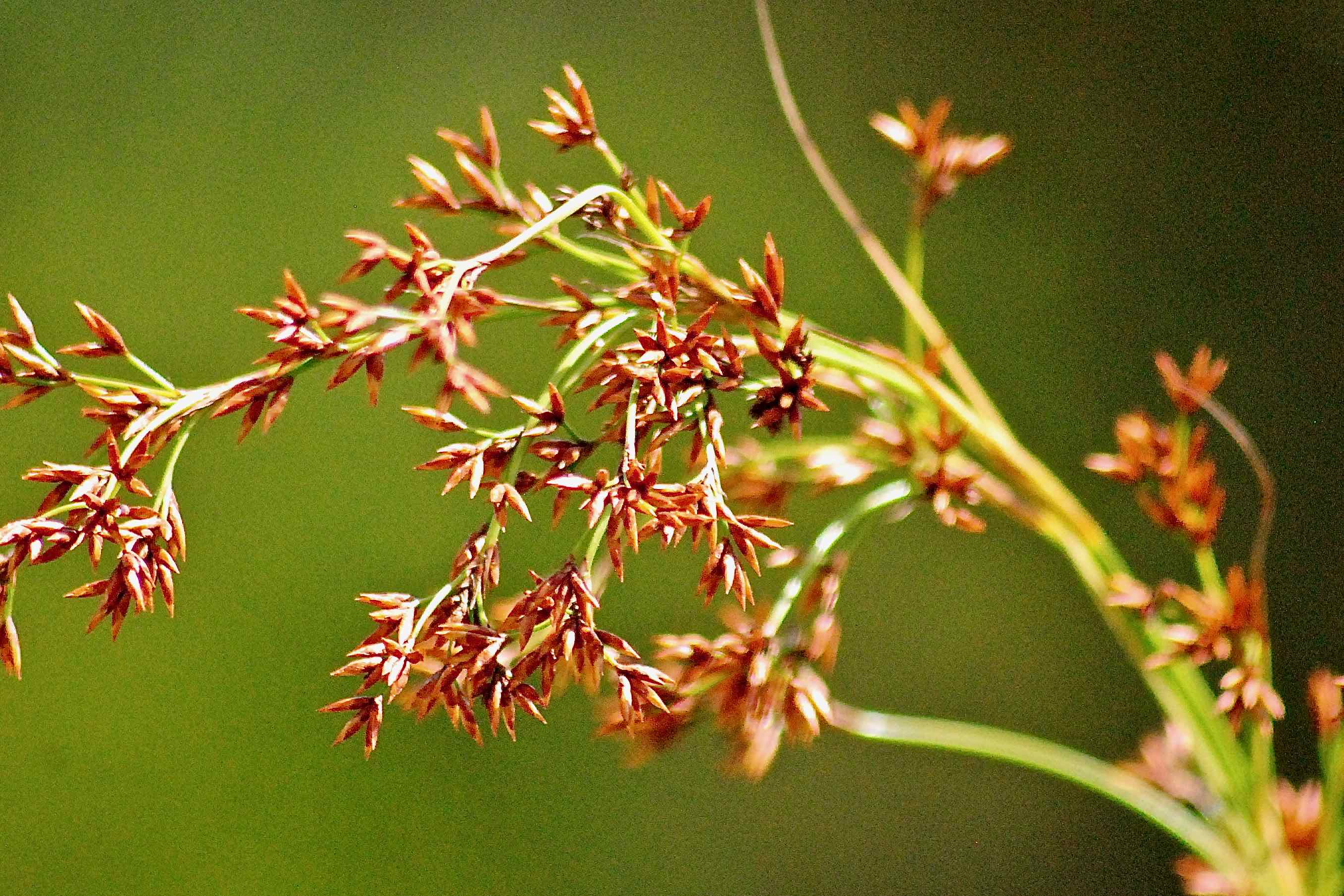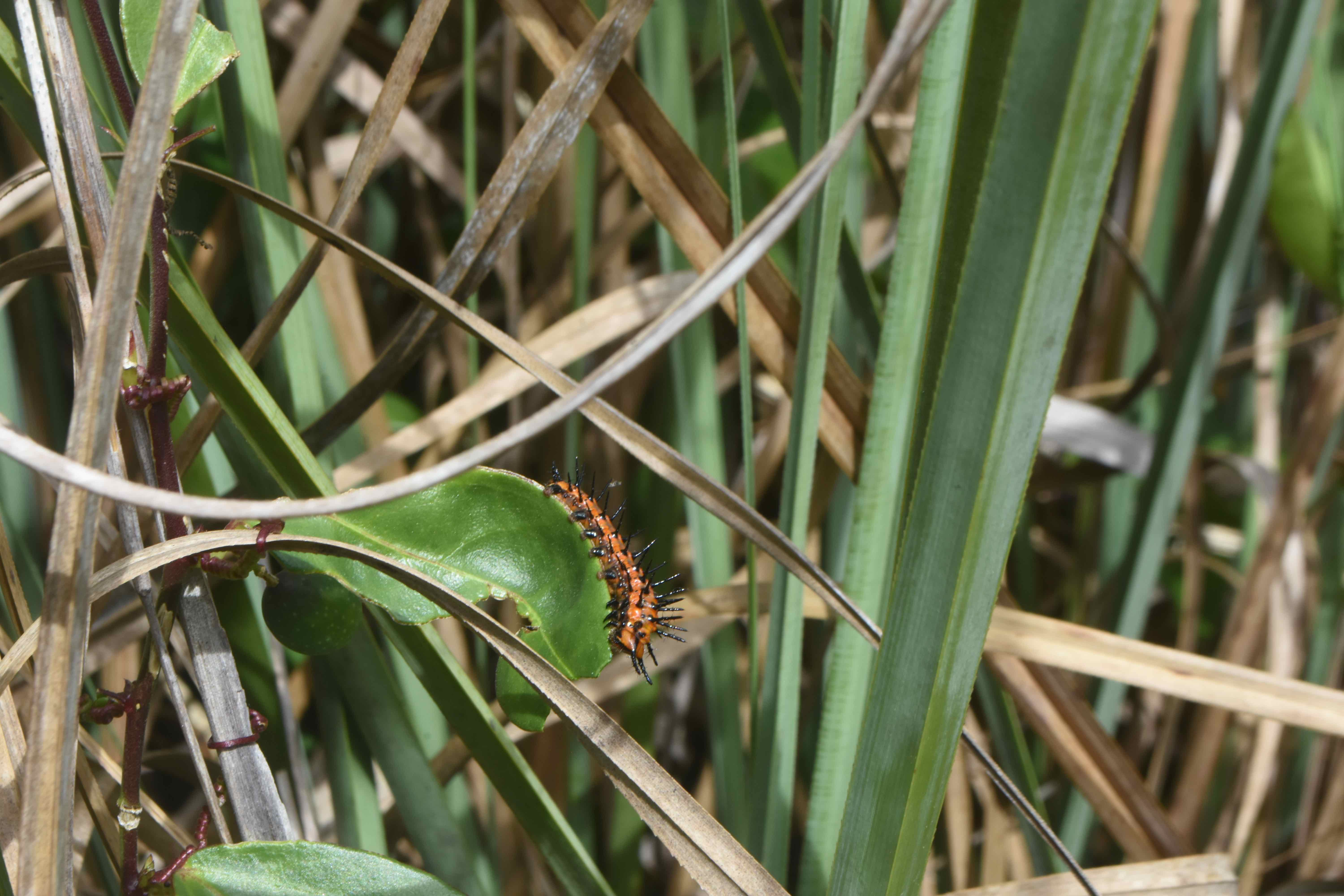
Sawgrass, photographed at Everglades and Francis S. Taylor Wildlife Management Area, Broward County, in February 2020. Others at Shark Valley, Everglades National Park.
Nothing says River of Grass more than Cladium jamaicense. Or as it is slightly better known, sawgrass. It is among the most common and dominant plants of the Everglades and really a symbol of it.
But the first thing to know is that sawgrass isn't a grass at all but rather a member of Cyperaceae, the sedge family. And despite its strong association with the Everglades, it's found throughout Florida and much of the southeastern United States as far north as Virginia and as far west as Texas and New Mexico. It's also native to the Caribbean — as might be expected, given its scientific name — Mexico, Central America, South America and Hawaii.
It's found in wet habitats — marshes, swamps and the edges of lakes, but it can grow in drier places as well, where its presence can indicate the location of a spring. It is tall, growing to 10 feet including its flower stalk, six or seven feet without. It has long leaf blades that have small, sharp serations along the edges. They're sharp enough to cut skin, hence its name. And woe unto those who attempt to walk through the stuff without some sort of protection, especially for the face.
The flowers appear in March or April, and continue to bloom through the summer. It is cold tolerant and grows throughout the year, although at a slower rate in the winter dry season. It spreads via seed and rhizomes, or underground stems, that send out shoots. Sawgrass can form dense colonies. Like many Everglades plants, sawgrass can survive the occasional wild fire because of its deep roots. In fact, fire plays an important role for sawgrass by eliminating trees and shrubs that otherwise left unchecked would take over and transform its habitat.
It is a source of food for some animals — the Palatka skipper butterfly uses it as a host plant for its caterpillars. Ducks and some other birds will munch on the seeds to a limited extent, although it can be difficult for them to forage if a patch of sawgrass is particularly dense.
It also provides cover for birds and small mammals, including ducks, raccoons and muskrats. Both alligators and muskrats use sawgrass in building nests.
According to Eat the Weeds, the inner bottom core of a sawgrass stalk is edible, although difficult to get to as you might imagine. It can be eaten cooked or raw.
It has been estimated that sawgrass once covered 2 million acres of the Everglades. That's been reduced substantially by sugarcane farming at the northern end of the Everglades and by diminished water flow and increased salinity at the southern end. However, it still dominates some 65 to 70 percent of the remaining Everglades.
Sawgrass is cultivated and sold by some commercial nurseries for use in natural landscapes and restorations. Other names include Jamaica swamp sawgrass and saw-grass. Note: The U.S. Department of Agriculture's PLANTS database uses Cladium mariscus ssp jamaicense as the scientific name. However, the Integrated Taxonomic Information System does not accept that name.
Everglades and Francis S. Taylor Wildlife Management Area
But the first thing to know is that sawgrass isn't a grass at all but rather a member of Cyperaceae, the sedge family. And despite its strong association with the Everglades, it's found throughout Florida and much of the southeastern United States as far north as Virginia and as far west as Texas and New Mexico. It's also native to the Caribbean — as might be expected, given its scientific name — Mexico, Central America, South America and Hawaii.
It's found in wet habitats — marshes, swamps and the edges of lakes, but it can grow in drier places as well, where its presence can indicate the location of a spring. It is tall, growing to 10 feet including its flower stalk, six or seven feet without. It has long leaf blades that have small, sharp serations along the edges. They're sharp enough to cut skin, hence its name. And woe unto those who attempt to walk through the stuff without some sort of protection, especially for the face.
The flowers appear in March or April, and continue to bloom through the summer. It is cold tolerant and grows throughout the year, although at a slower rate in the winter dry season. It spreads via seed and rhizomes, or underground stems, that send out shoots. Sawgrass can form dense colonies. Like many Everglades plants, sawgrass can survive the occasional wild fire because of its deep roots. In fact, fire plays an important role for sawgrass by eliminating trees and shrubs that otherwise left unchecked would take over and transform its habitat.
It is a source of food for some animals — the Palatka skipper butterfly uses it as a host plant for its caterpillars. Ducks and some other birds will munch on the seeds to a limited extent, although it can be difficult for them to forage if a patch of sawgrass is particularly dense.
It also provides cover for birds and small mammals, including ducks, raccoons and muskrats. Both alligators and muskrats use sawgrass in building nests.
According to Eat the Weeds, the inner bottom core of a sawgrass stalk is edible, although difficult to get to as you might imagine. It can be eaten cooked or raw.
It has been estimated that sawgrass once covered 2 million acres of the Everglades. That's been reduced substantially by sugarcane farming at the northern end of the Everglades and by diminished water flow and increased salinity at the southern end. However, it still dominates some 65 to 70 percent of the remaining Everglades.
Sawgrass is cultivated and sold by some commercial nurseries for use in natural landscapes and restorations. Other names include Jamaica swamp sawgrass and saw-grass. Note: The U.S. Department of Agriculture's PLANTS database uses Cladium mariscus ssp jamaicense as the scientific name. However, the Integrated Taxonomic Information System does not accept that name.
Everglades and Francis S. Taylor Wildlife Management Area



